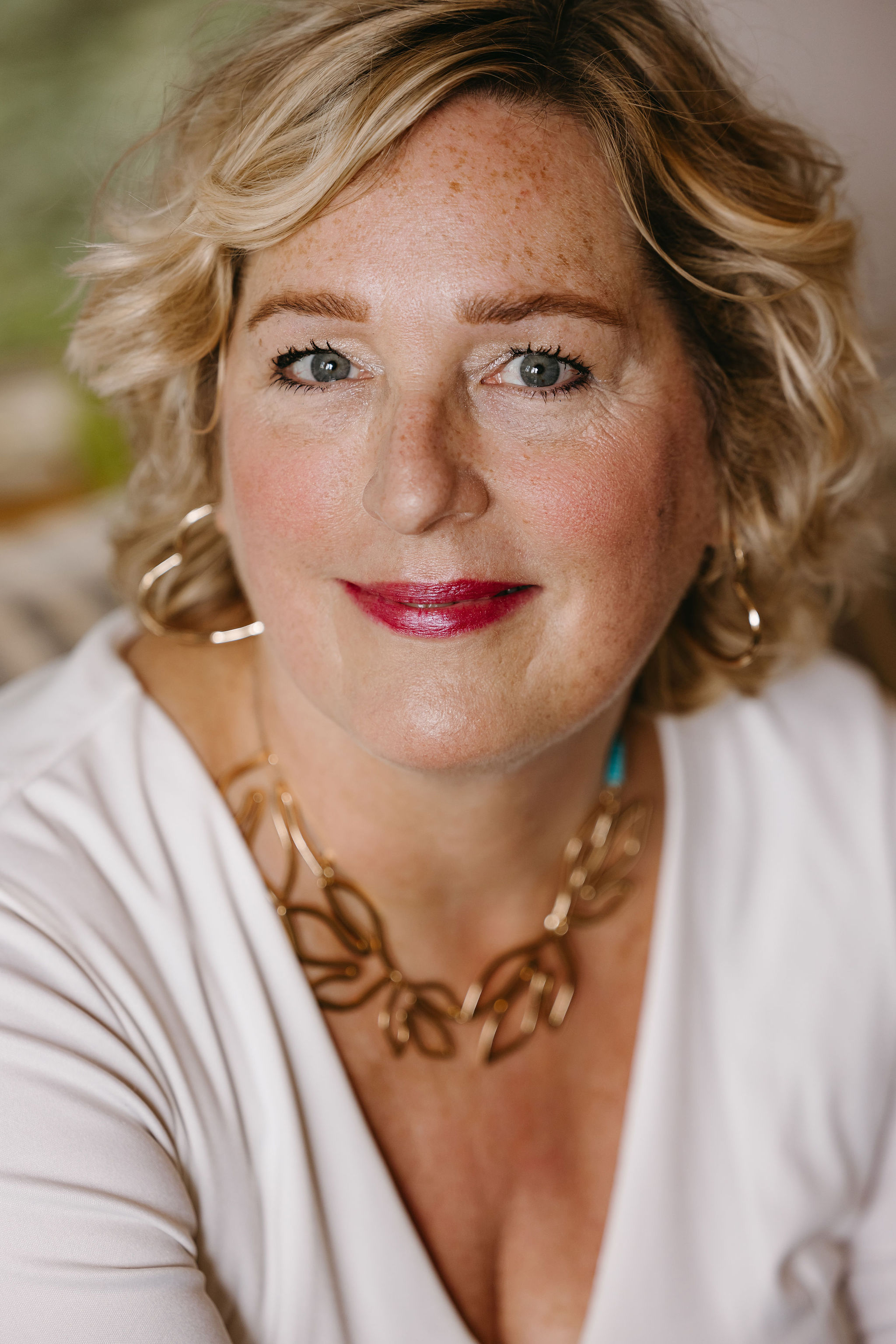The right way to tell people what you do for a living
How do you answer the seemingly easy question, “What do you do for a living?” Do you talk about YOU? Do you talk about your products and services? Do you talk about your industry? Do you explain the process of how your products and services work?
If you answered yes to any of these questions, then you are missing out on an enormous opportunity. Every time someone asks you, “What do you do?” you have to think carefully about your answer, as it can determine your impact as a business owner.
Benefits of answering the right way
There are many benefits to answering this question in the “right way”. Some of these advantages include:
- Attracting potential clients
- Increasing the potential for referrals
- Finding out about potential strategic alliances
- Creating recognition for yourself and your business
- Positioning yourself as an expert
Stop right now and take the time to discover how to answer that question in a profitable way.
People are not really interested in you
The bottom line is that, in general, people are not really that interested in you and what you do - you may have heard this before, so start believing it. What they really want to know is what you can do for them. All of the communication about what you do must focus on the benefits of your products or services, not the features.
Focus on how your products or services benefit the people who use them and the results they can expect. Think about the last time you met someone and they told you what they did. Do you remember what they told you? If so, would you be able to clearly explain it to someone else? Your goal should be that the people who hear or read your marketing messages are able to remember what you do AND are able to tell someone else about it.
Step one
The first step to answering the question, “What do you do?” is to define your ideal client. The more specific you are, the more success you will have in building your business quickly and in positioning yourself as an expert.
Step two
The next step is to define what you do for your clients. How do you benefit them? What is the solution that you offer to the problem that they have?
Step three
The third step is to combine your answers from the first two steps. When you are clear about these two things, and you can easily communicate what you do, you will feel more confident talking about your business. People you talk with will easily see how you can help them and, hopefully, they will remember what you do.
Examples
Here are some examples to get you started (as you can see, you don’t necessarily need to mention your profession):
- “I work with professional women who want high returns on their investments.” (Financial planner)
- “I create delicious, healthy meals for busy executives who have no time to cook.” (Personal chef)
- “I help busy doctors find more time to spend with their families.” (Life coach)
- “I rescue stressed out business owners when their computers crash.” (Computer technician)
- “I help stay-at-home mothers feel pampered and relaxed.” (Massage therapist)
Try out this formula: I work with [ideal clients or audience] who are having trouble with [problem] and who want [specific results].
Another way to explain what you do is to relate it to a known situation, a common experience.
Next time, when someone asks you what you do, you can say something like, “Well, you probably know how busy doctors are. What I do is help them spend more time with their families." You could also say, "You know how stay-at-home mothers are always taking care of everyone else, well what I do is make THEM feel taken care of."
How you know it’s working
You will know you are on the right track when the next question you are asked after you say what you do is: “How do you do that?” Don’t wait another minute. Get started now, grab a piece of paper and write down what you do and then practice saying it. You can test it out on friends and colleagues to refine and improve it.Then start using it everywhere - with people you meet, on your website, on your business card - and you will see and feel the difference this makes in attracting more clients.
How do you respond to the question, “What do you do?” Let me know in the comments below!



COMMENTS
Leave a comment